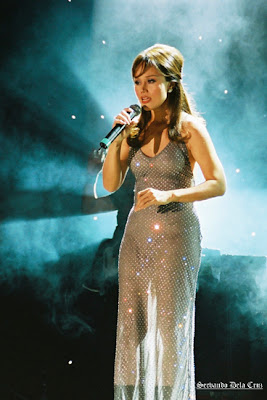Last July 21 2007 from my post “Composition is Essential in Photography” I received a comment asking for a little help. How to reduce the size of photo to be uploaded into the web? And I decided not to answer it because, it is better for me to make a post on it so that it will be beneficial to all my visitor who will read this post with having the same problem.
Now here’s the comment
He said...
Hi! Can I ask you something? How can I reduce the size of my photographs? I wanted to upload one as my blog header, but it turns out to be very big! The same concern arose when I tried uploading pics at Friendster. It always says my files are too large. Help! Thanks.
The standard size of photo technically and as what I read it is maximum of 600 x 800 pixels, of 250 kb. In this size you can easily upload, view and download any picture from the web. There are many software available from the internet for you to download and use it. Like Photo Resize Magic, Adobe Photo Album, ACDSee, "SmartSaver" by www.ulead.com etc…
But I often use Adobe Photoshop to edit, resized, photo enhanced etc… But it is a little bit complicated if you are new in photography.
A simple way of doing this is to use the Microsoft Office Picture Manager which available if you are having it installed the MS Office 2003.
Assuming all the images are in one folder, the following works very well for quick image optimizations for web viewing.
- Open the folder containing the images
- Right Click on an image, click on 'Open With', select 'Microsoft Office Picture Manager'
- In Picture Manage, select 'Thumbnail View'
- Use Ctrl+A on the keyboard, or in the top toolbar go to >Edit >Select All
- Click on Edit Pictures
- In the edit task pane, select 'Compress Pictures'
- In the compress task pane, select 'Web pages'
- Click on OK
This compresses every image selected for web viewing. When you leave Picture Manager you will be prompted to save the images. Generally a 3mb image reduces to around 85 kb and is resized to 448 x 336 pixels.
It does not suit everything, but is good getting WIP images etc up in a hurry ![]()
Note: If the images need to be available in the original size for printing etc, copy them into a new folder for the web and compress the copies.
Tutorial on Picture Manager































 Chichén Itzá of Mexico
Chichén Itzá of Mexico















